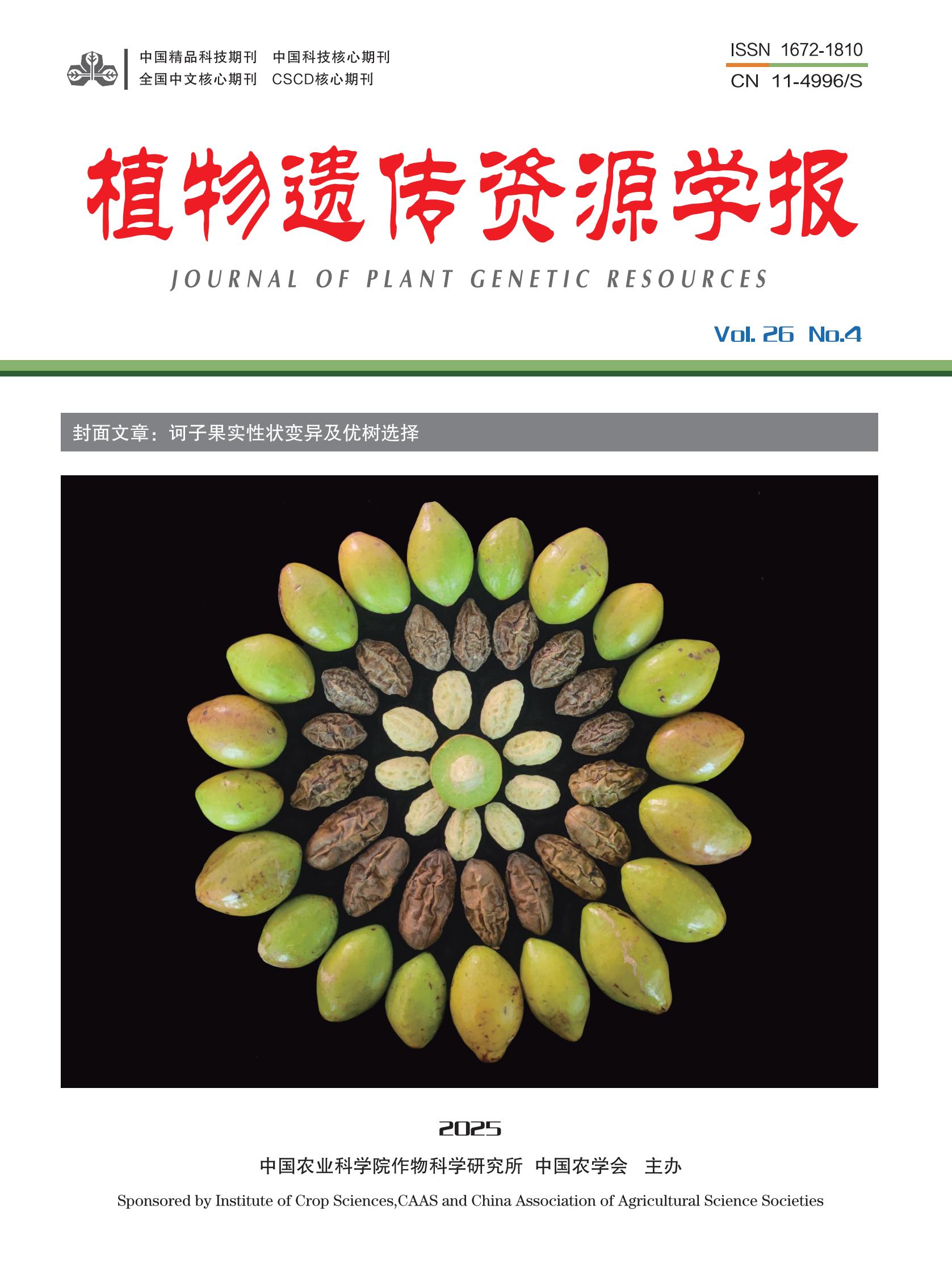栽培与野生大麦籽粒性状比较及群体遗传多样性分析
相似文章
-
球茎大麦在大麦远缘杂交育种中的应用 [李浩兵, 张旭, 刘朝辉, 仲裕泉, 黄志仁, 黄友圣, 许如根, 吕超] 麦类作物学报 1998 (5) 11-13
-
栽培大麦×纤毛鹅观草属间杂种后代系抗赤霉病研究 [李万几, 李逸平, 秦家忠] 植物病理学报 1999,29 (3) 203-209
-
我国栽培大麦白粉病抗性特点分析 [黄金堂, 郭媛贞, 陈德禄, 许国城, 陈炳坤] 麦类作物学报 2002,22 (1) 83-86
-
利用RAPD标记分析大麦种质资源的遗传多样性 [侯永翠, 颜泽洪, 魏育明, 郑有良] 植物遗传资源学报 2005,6 (2) 145-150
-
中国江、浙地区栽培大麦遗传资源的RAPD研究 [施永泰, 边红武, 韩凝, 潘建伟, 童微星, 朱睦元] 作物学报 2004,30 (3) 258-265
-
球茎大麦在大麦育种上的应用研究 Ⅱ.球茎大麦向栽培大麦的种质转移 [李浩兵, 张德玉, 仲裕泉, 黄友圣, 许如根, 吕超, 黄志仁] 作物学报 1999,25 (4) 418-423+529-530
-
10个栽培大麦籽粒含硒量的测定 [王方, 严俊, 肖唐付, 宁增平, 程剑平] 贵州农业科学 2009,37 (4) 33-34
-
西藏栽培大麦变种组成和分布规律研究 [王建林, 栾运芳, 大次卓嘎, 胡单] 中国农业科学 2006,39 (11) 2163-2169
-
不同类型栽培大麦的辐射敏感性 [王彩莲, 慎玫, 徐刚, 赵孔南] 核农学报 1990,4 (1) 7-12
-
中国栽培大麦变种及其分布特点 [孙立军] 中国农业科学 1988,21 (2) 25-31






